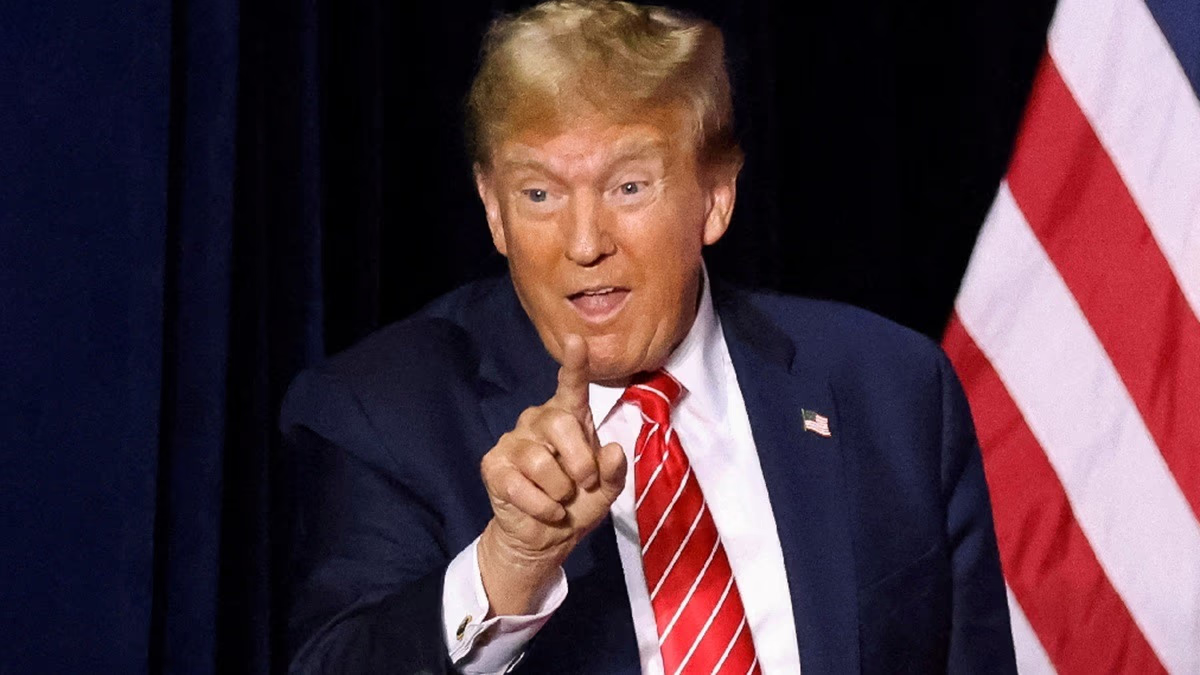Following his electoral victory, Donald Trump officially assumed the office of the President of the United States on January 20. As the 47th President, Trump, upon taking the helm, stated his dedication to imposing tariffs and taxes on other nations to boost prosperity for Americans. He announced plans for an external revenue service to attract substantial capital from abroad to America. Trump's initial focus is on reforming the U.S. trade system to prioritize American protection.
According to Reuters, Trump proposes a 10% global import tariff and a staggering 60% on Chinese goods. Furthermore, he plans a 25% import surcharge on Canadian and Mexican products.
Trump also issued a stern warning to Canada and Mexico, indicating that if their governments fail to curb illegal immigration and drug trafficking into the U.S., they will face tariffs.
India and the U.S. engage in extensive trade relations. Given this context, Trump's foreign goods tariff warning is naturally concerning. India imposes heavy tariffs on various U.S. imports, and reciprocal heavy tariffs from the U.S. could significantly impact India.
'Tit-for-Tat' Tariffs on the Agenda for Trump
Trump has previously criticized countries like India for imposing hefty tariffs on U.S. goods. He cautioned that if countries like India levy massive tariffs on American products, the U.S. would reciprocate in kind.
Despite often referring to India as a significant trade ally, Trump questioned the fairness of India imposing a 100% tariff on their goods without the U.S. responding. He reflected on the trade of bicycles as an example, noting the substantial tariffs India imposes, ranging from 100% to 200% on American goods.
Trump's perspective towards these countries aligns with his 'America First' trade policy, which is aimed at safeguarding American workers and their families. Upon his inauguration, he stated that his policies would once again transform America into a 'manufacturing nation.'
How Dangerous are Trump's Tariff Threats for India?
For India, Trump's 'tit-for-tat' tariff approach could be a significant concern. The impact on India's export sector could be profound, especially on goods heavily reliant on the American market.
Trump's policy may pose challenges for Indian exporters, making it increasingly difficult to sell in U.S. markets and impacting their revenue, which in turn could affect the Indian market. This scenario could influence not only employment issues but also the country's economic progress.
If Trump enacts substantial tariffs, the repercussions will extend beyond business. Increased tariffs could elevate consumer prices in both countries. In the U.S., businesses might transfer these additional costs to consumers, triggering inflation. Similarly, American goods could become progressively expensive in India, restricting access for common people.
Trump's Tariff Warning on BRICS Currency
Following his election victory, Trump issued a 100% tariff threat to BRICS nations, including India, last December. He warned that engaging in trade with any currency other than the U.S. dollar would lead to trade cessation with the U.S.
Previously, a BRICS meeting in Russia discussed trading in currencies other than the dollar. Indian Foreign Minister S. Jaishankar agreed, highlighting the prominence among member nations to consider trade in an alternative currency.




